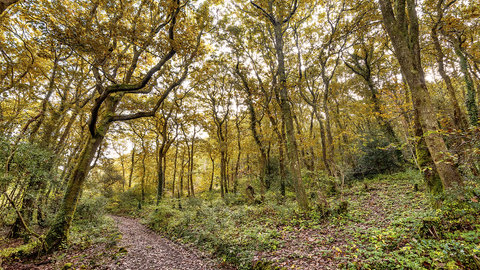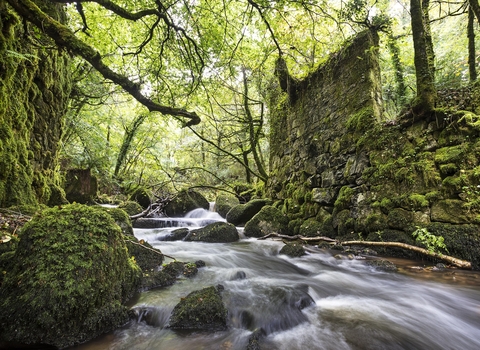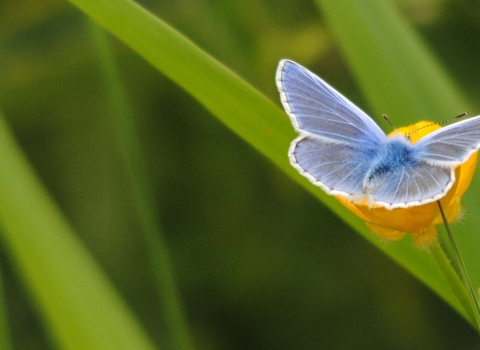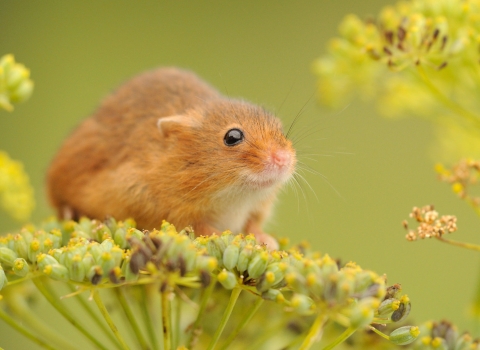
Cornwall Wildlife Trust's Devichoys Woods Nature Reserve in Autumn. Image by Ben Watkins
Devichoys Wood
Location
Know before you go
Dogs
Please be especially considerate of ground nesting birds in the summer and ground feeding waders such as woodcock in the winter.
When to visit
Opening times
Open at all timesBest time to visit
Bluebells in early MayAbout the reserve
The multi-stemmed gnarled and twisted stems of sessile oak are a feature here, evidence of the historical management technique ‘coppicing’, which involves periodically felling trees at the base (or stool), and allowing them to regrow, as a method of providing a sustainable supply of timber.
Beech, holly and rowan trees grow alongside oak trees on the reserve, rising above a rich variety of wildlife on the woodland floor, including flowering plants and fungi.
A notable resident is the great spotted woodpecker, a black and white bird with red beneath its tail (males also have a red patch at the back of the head). It nests inside the holes that it excavates in trees in broadleaved woodlands like this one.
Several species of bats are found at the reserve, including the lesser horseshoe bat (increasingly rare in the UK) and the barbastelle bat, which has a distinctive ‘pug-like’ appearance due to its upturned nose.
Otters, rabbits, and badgers are some of the mammals recorded at the reserve.








